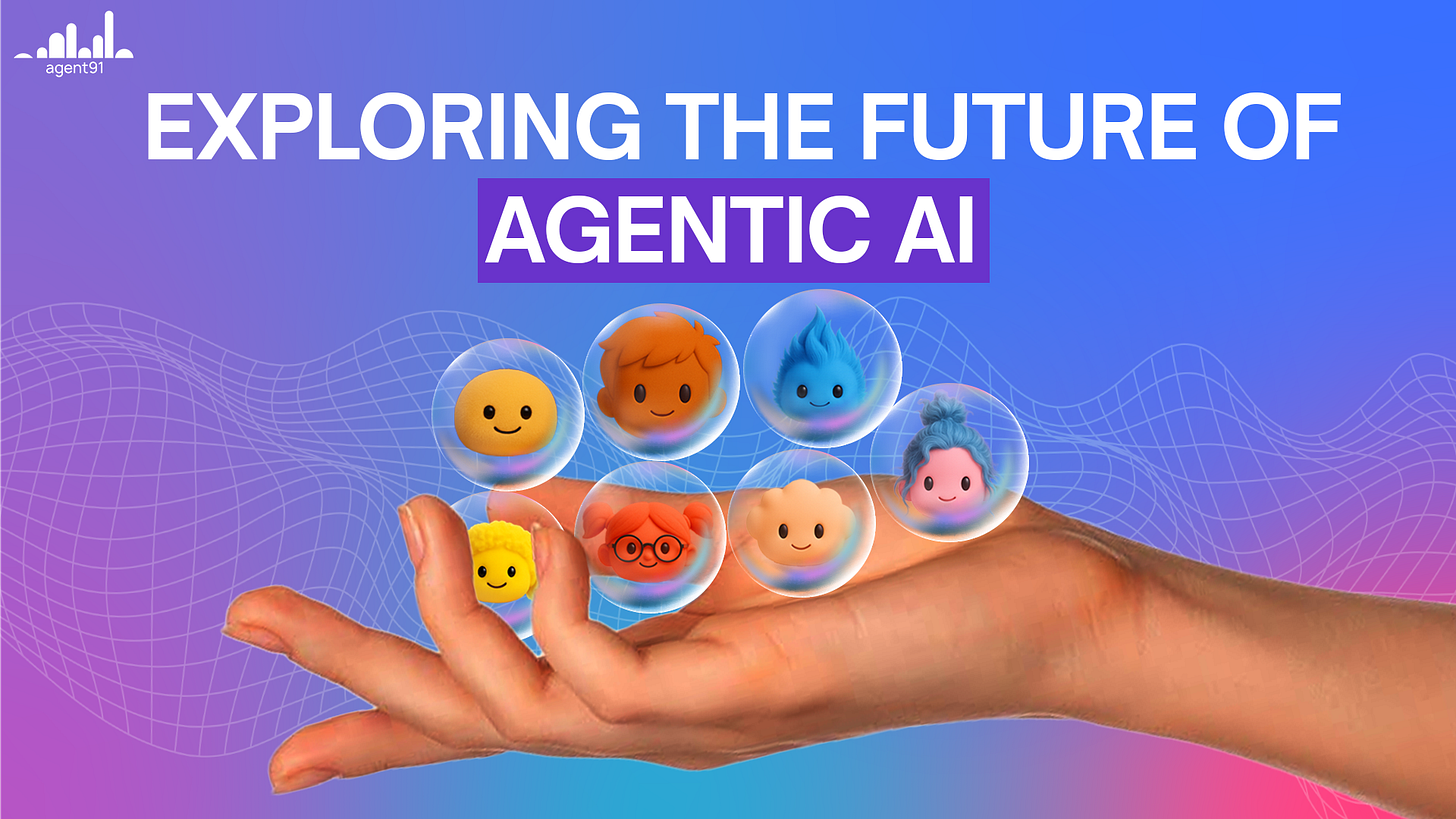Agentic AI and the Multimodal Security Shift
Why voice + text authentication isn’t optional in the age of autonomous agents.
The Agentic AI Era Is Here, But Can You Trust It?
AI agents that act on their own? That's not science fiction anymore.
From sales follow-ups to factory monitoring, agentic AI is being deployed to make decisions, carry out tasks, and self-optimise—without your day-to-day input.
But here’s the billion-dollar question:
Who keeps the agents in check?
As these systems gain more autonomy, the old login-password combo isn’t cutting it. You need AI that knows who you are and how you sound.
Welcome to the age of multimodal security.
What Is Multimodal Security, and why does it matter?
Multimodal security uses more than one input to verify identity—like voice, text, behavior patterns, or biometrics.
And in the world of agentic AI, that’s crucial.
Because we’re not just talking about “protecting files.” We’re talking about agents that can:
Move money
Send emails on your behalf
Talk to customers
Access private data
Execute workflows end-to-end
If a system like that misidentifies a user—or worse, gets spoofed—the impact is catastrophic.
Voice + Text: The New Gold Standard
Let’s break it down:
🎙️ Voice as ID
Your voice has patterns, micro-tones, and acoustic markers that are incredibly hard to fake.
For agentic systems interacting through voice UIs (like Nova, for example), voiceprint recognition adds a seamless layer of trust.
✍️ Text Biometrics
Keystroke cadence. Word choice. Command structure.
Advanced AI can learn how you write and issue commands—and flag deviations instantly. It’s like your typing has a fingerprint.
Used together, voice and text create a multi-layered identity shield that’s hard to spoof and easy to scale.
Where Agentic AI Needs Multimodal Security Now
🧠 AI Executive Assistants
Think inbox zero with zero human effort. But if your AI assistant can reply to clients, book meetings, and access files, it needs to be damn sure it’s doing that for the right person.
📞 Voice UIs (Like Nova by agent91)
Voice-first interfaces must differentiate between authorised users, eavesdroppers, or spoofed commands.
Voiceprint + semantic intent matching = security you don’t need to think about.
💼 CRM & Outreach Agents
If an agent can send bulk emails or access LinkedIn profiles, multimodal security ensures that outreach remains personal—and protected.
🏦 Finance & Ops Workflows
Agentic AI can trigger payments, adjust forecasts, or approve invoices. Multimodal auth helps prevent fraud without slowing teams down.
The Future of Agentic AI Is Secure, or It's Nothing
You can’t scale trust without safeguards.
Agentic systems must be both autonomous and accountable.
And that starts by securing the interface between you and your agents.
Multimodal security isn’t a bolt-on. It’s the backbone.
Final Word: The Smartest Agents Are the Safest
Agentic AI isn’t just software that works harder—it’s intelligence that works for you. But with power comes access, and with access comes risk.
As we hand over more responsibility to AI agents—whether it’s sending emails, crunching numbers, or speaking on our behalf—identity becomes the foundation of trust. Passwords won’t cut it. Fingerprints aren’t enough. Voice and text? That’s where security gets personal and scalable.
Multimodal security isn’t the future. It’s the filter.
The line between AI that serves us—and AI that slips—runs through voiceprints, behavior signatures, and contextual cues.
And that’s exactly why Agent91 makes multimodal identity a core protocol—not an afterthought.
Whether it's Nova verifying tone and cadence before executing a command, or Inboxr and Spark cross-referencing command styles with CRM behavior, every agent is designed to verify first, act second.
So if you're looking at deploying agentic AI in your stack, don't just ask what it can do.
Ask what it knows about who’s asking—and how it makes sure that person is really you.
Secure autonomy is the only kind that scales. Agent91 is building for that from day one.


